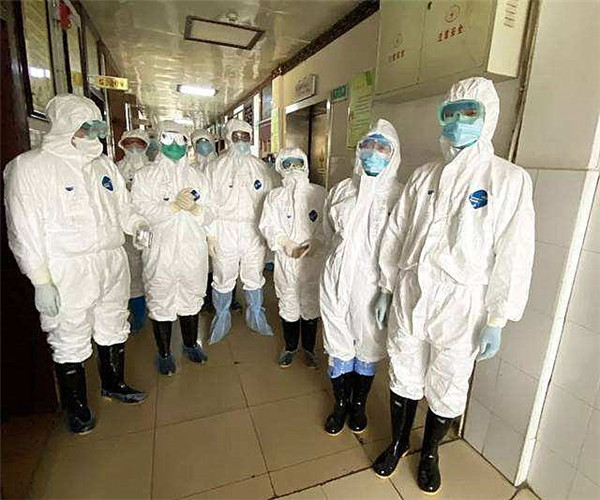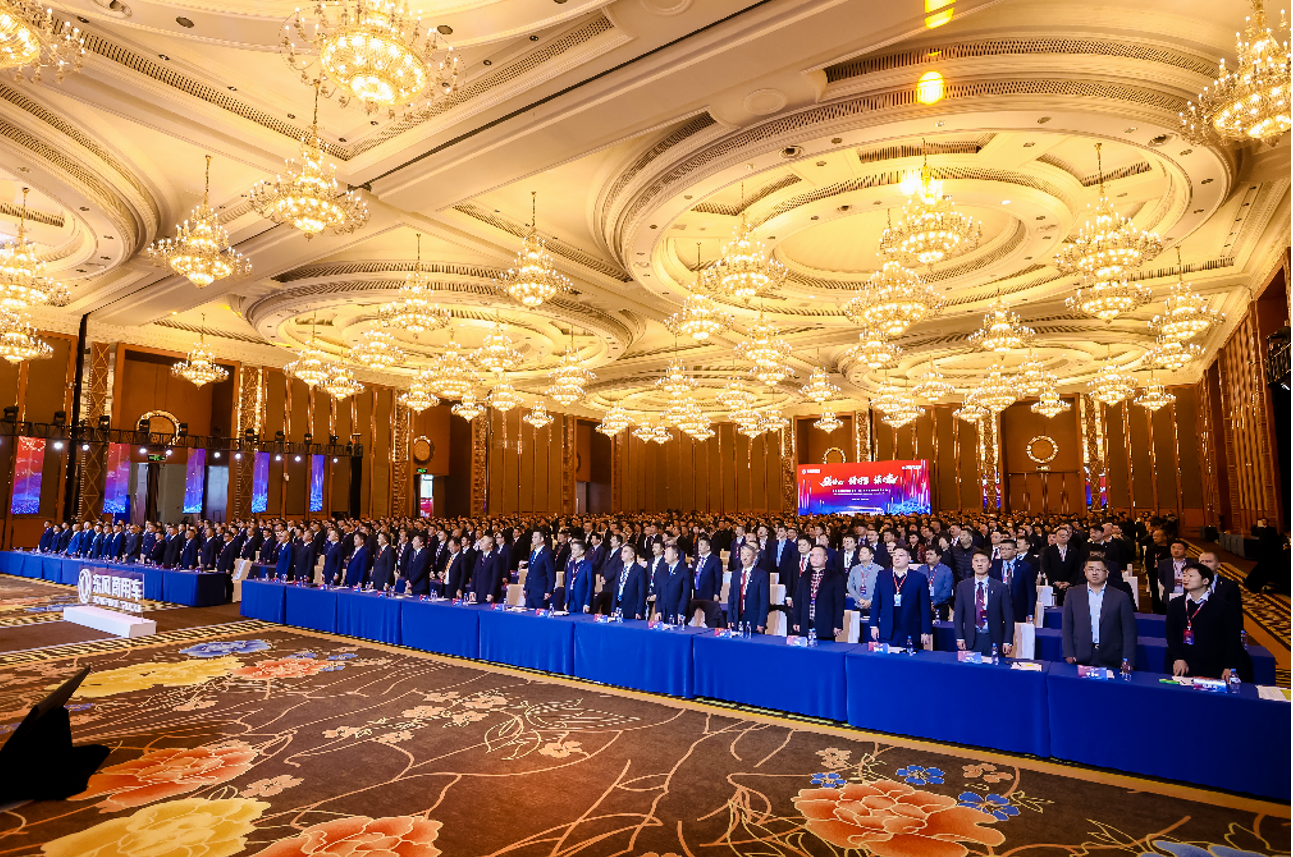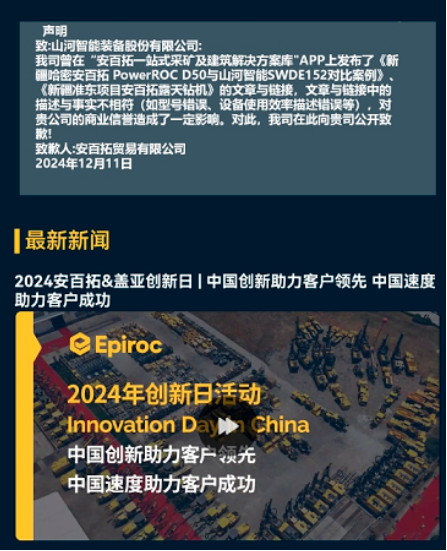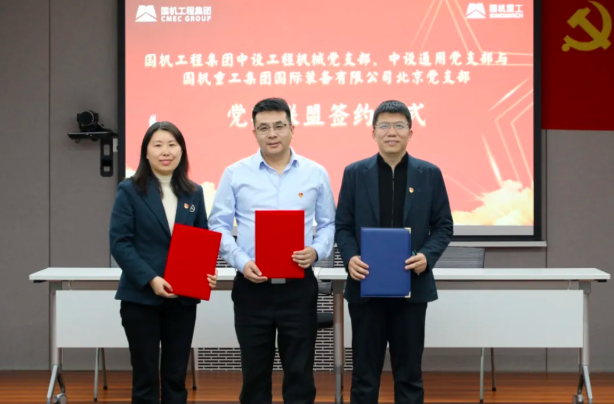With the resumption of work across the country on February 10, the prevention and control of the new pneumonia epidemic began to enter a new phase. The whole country has been fully mobilized, deployed and strengthened to prevent and control the epidemic. At present, while further preventing and controlling the epidemic, the outbreak prevention war has also begun to enter the stage of orderly recovery.

Eg. It now looks as if the outbreak will have a more negative impact on the economy than Severe acute respiratory syndrome (SARS) & throughout; A lot more. In 2003 & other; Severe acute respiratory syndrome (SARS) & throughout; The impact on the economy was concentrated in the second quarter, when growth was 1.5 percentage points lower than in the previous two quarters. Passenger transport, tourism, accommodation, catering, retail and other industries have been greatly impacted in the short term, while investment and foreign trade are not significantly affected. Affected by the dual benefits of demographic dividend and WTO entry, “ Severe acute respiratory syndrome (SARS) & throughout; Did not interrupt the economic uptrend of the time. But this outbreak is different and far more widespread. Severe acute respiratory syndrome (SARS) & throughout; , covering almost all economically active and developed provinces and cities in China. From the perspective of duration, wuhan as the core of the ldquo; New crown & throughout; It is likely to grow up in the core of guangzhou. Severe acute respiratory syndrome (SARS) & throughout; .
impact of the epidemic on China's economic development and manufacturing industry
At present, China's economic growth is in a critical period of declining growth rate and difficult transformation. The epidemic will lead to pressure on consumption, sluggish investment and even worse fiscal revenue. After the outbreak, with the implementation of the first-level response mechanism for major public health emergencies in wuhan and all over the country, it was expected that more than 450 million people would travel for consumption. Spring Festival golden week ” Turned out to be & other; National epidemic prevention week ” , hotels, guesthouses, cinemas and other consumption plummeted, a large number of small and medium-sized enterprises therefore bear the pressure.
At present, the contribution of China's tourism industry to GDP has reached about 11%, directly and indirectly employed more than 100 million people. Such a heavy blow, on the one hand, will drag down the overall employment, the social employment situation and social stability to form a huge pressure; On the other hand, it will also cultivate the supply-side reform in recent years which is conducive to promoting high-quality consumption. Quality supply ” If the outbreak passes, these supplies will not keep up, and will not help restart the economic cycle.
Under the influence of these internal and external factors, a large number of small and medium-sized manufacturing enterprises will encounter operational difficulties if no stabilization and control measures are taken. More importantly, the industrial ecology of some fragile manufacturing industries is likely to be destroyed, leading to long-term negative effects. The disruption of industrial chain and supply chain caused by logistics disruption and disease control measures has a much greater impact than the trade friction between China and the United States. Moreover, once the disruption occurs, it forms a transfer replacement, and the manufacturing base of some industries has been lost for 30 years, which is difficult to recover. Therefore, we must attach the same importance to the protection of industrial ecology, industrial chain and supply chain, and small and medium-sized enterprises as we attach to the epidemic itself. Only in this way can we truly overcome the difficulties.
take comprehensive measures to stabilize the fundamentals of China's economic growth
Although the outbreak will not change the long-term fundamentals of China's economy, the impact on manufacturing, small and medium-sized enterprises and the overall level of economic transaction activity in the short term cannot be ignored. Comprehensive measures should be taken to stabilize the fundamentals of economic growth and strive to stabilize the annual economic growth rate at around 5%.
One is to control the flow of people (confirmed, suspected, close contacts all concentrated isolation) at the same time, smooth logistics. At present, in order to effectively prevent and control the spread of the epidemic, some local governments have taken some strict measures. Throughout the city & sealing; Affect the national economic artery of logistics. If the entire industrial manufacturing including steel, chemical, power, equipment manufacturing and light industrial electronics raw materials, components and product sales stop because of logistics failure, not only huge losses, but also will have a disastrous impact on the entire upstream and downstream.
Second, adopt a more proactive fiscal policy. Due to the special circumstances of this year, the government deficit limit of 3% of GDP can be exceeded. We request the NPC to approve the issuance of 1 trillion yuan of special government bonds to support tax cuts for small and medium-sized enterprises and transfer payments to affected areas.
Third, adopt a monetary policy that accommodates fiscal expansion. The central bank stepped up purchases of government bonds and further cut the reserve requirement ratio and interest rates after the outbreak eased in the second quarter.
Fourth, the outbreak prevention and control of the extended holiday to carry out work. In order to make up for the loss of the enterprise, it is suggested that the enterprise should be allowed to make up for the extended holiday according to its own conditions, and the employees should choose to make up for the extended holiday on weekends or other holidays within a year. Some localities have extended working days to supplement the state council's decision to extend the holiday.
Fifth, we will mobilize all regions and departments to take measures in light of local conditions to introduce rescue measures for smes. Cut taxes and fees across the board for small and medium-sized enterprises; An appropriate extension shall be given to the loans of small and medium-sized enterprises that cannot be repaid due to the shutdown of the epidemic; Continue to check and deal with the risks of stock pledge of major shareholders of listed companies, characterize the outbreak as an external factor of force majeure, and mitigate the risk of forced liquidation caused by the stock market decline.
several problems to be solved and countermeasures for the resumption of manufacturing industry
The resumption of work and production on February 10 is stipulated in most areas, but it is still difficult for enterprises to resume work and production in a real sense.
One is the acute shortage of workers caused by the outbreak. There are a lot of procedures for workers to return to the factory, and the concerns of governments at all levels can be understood. It is really a helpless move that every detail is important in the approval of the application for resuming work, the training for resuming work, the prevention and control of the epidemic, and the sorting out and control of personnel. But as long as the formalities are complete, the efficiency is fast. But the workers still can't come back, closed the road, sealed the village, persuade to return, refused to enter, household registration, residence, isolation time and other problems, this is leading to the resumption of the first major difficulty.
The second is that the epidemic has left many industrial supply chains incomplete. Most enterprises across the country have a large number of outsourcing parts suppliers, everyone will face the problem of shortage of workers, shortage of materials, shortage of parts. These enterprises are located in different areas of different cities, different policies and procedures, different recovery time, and extremely difficult to match each other, which is the second most difficult point!
Third, the enterprise logistics transportation during the epidemic almost stopped. In addition to the necessary materials for the epidemic, various checkpoints have been set up throughout the country. Raw materials and spare parts from suppliers cannot come in, and products cannot be shipped out after the resumption of production. At the same time, restrictions on personnel flow make market expansion extremely difficult. In particular, foreign trade, currently more than 60 countries restrict China's access to the market, a huge loss. This is the third problem!
It is a contradiction between controlling the epidemic and resuming work in time. But how long can we survive? The country asks an enterprise not to lay off workers at present, normal pay salary, but the product of the enterprise does not come out, produce come out again circulation does not go out, capital cannot recover in time, how to safeguard employee salary? The fear is that the epidemic has gone, the factory has gone, the society has lost the hematopoietic machine, which is more terrible than the epidemic itself.
In order to solve these three problems, in addition to the current tax policies adopted by governments at all levels, it is suggested to accelerate the reform in the following aspects:
First, we will implement policies on settling rural migrant workers in cities as soon as possible to quickly address the labor shortage in the manufacturing sector. If 200 million of the 300 million migrant workers can settle down in cities, it will not only relieve the pressure of the Spring Festival travel rush, but also rapidly replenish the urban labor force, effectively extend the working age and annual working hours of migrant workers, and extend the period of demographic dividend opportunities.
Second, cancel the enterprise housing accumulation fund system. The housing provident fund system was learned from Singapore in the early 1990s. Now China's real estate has long been market-oriented, and commercial Banks have become the main body of providing housing loans. The existence of the housing provident fund is of little significance.
The third is to introduce policies to encourage enterprises to implement the annuity system, and dredge the channels and mechanisms of the enterprise annuity investment capital market. This is not only conducive to the replenishment of social pension funds, but also conducive to the formation of a large long-term capital supply, laying the foundation for the prosperity and stability of the capital market.
Fourth, try every means to reduce logistics costs. This outbreak will give some Online & throughout; Industry brings great opportunities, but also put forward higher requirements for logistics efficiency. It is suggested to increase the proportion of railway freight volume in all kinds of transportation modes, extend the railway line to all kinds of development zones, factories and mining enterprises as soon as possible, and get through the railway transportation. The last kilometer. To reduce the cost of integrated logistics.
The disease is as fierce as a tiger. It hurts not only people but also the national economy. We must mobilize all of us to guard against the risks of economic operations, just as we have prevented the spread of an epidemic. The Chinese people will surely win the battle to stop the epidemic, the Chinese economy will be able to achieve a new level of high-quality development, and China's manufacturing industry will be able to revive and realize the overall transformation and upgrading of the industry.
(source: Internet industry research institute, tsinghua university)













